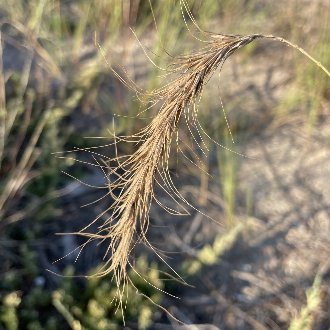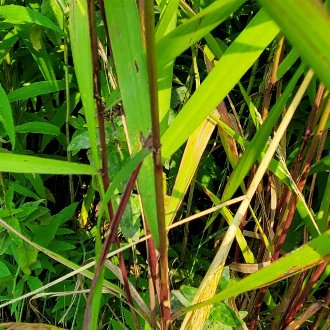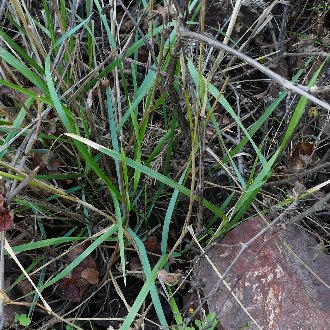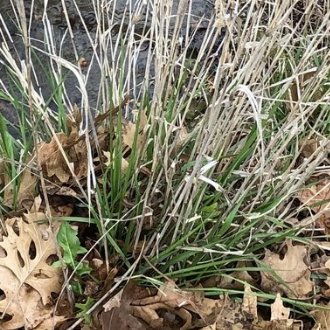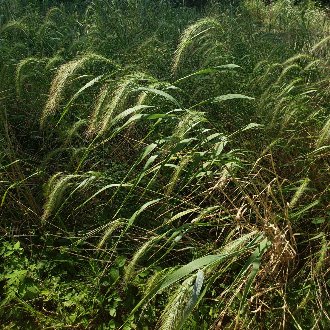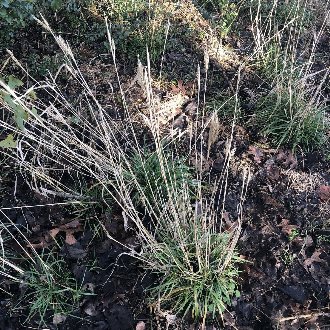Canada Wildrye vs Virginia Wildrye
This guide is under construction and has not been published yet. It may have errors. When in doubt, double-check other sources for definitive ID.These species can be confused where their ranges overlap. They are easily distinguished by characteristics of their seedheads, and they have slightly different growth habitats and foliage. Although their habitats have some overlap, Virginia wildrye prefers moister habitats, is more shade-tolerant, and ranges farther southeast; Canada wildrye prefers drier, sunnier habitats and ranges farther west. Hybrids are possible and it may not be possible to identify all individuals.
Canada Wildrye (Elymus canadensis) | Virginia Wildrye (Elymus virginicus) |
A short-lived perennial, cool-season grass native primarily to the great plains, also extending well into the west and northeast. | A perennial, cool-season bunchgrass found in moist, sunny to partly-sunny areas, native to almost all but the westernmost parts of North America. |
Seedheads are nodding or drooping, often strongly so. Awns strongly curve back as seedhead dries. Photo © Matt Berger, CC BY 4.0. | Seedheads are usually erect, sometimes leaning slightly. Awns point straight ahead in the direction of the seedhead and do not appreciably change direction as the seedhead dries. Photo © Marlo Perdicas, CC BY 4.0. |
Base of seedhead is exposed, not enclosed by the uppermost leaf. Photo © Steven Bodzin, CC BY 4.0. | Base of seedhead is enclosed in the uppermost leaf, except on var. jejunus and var. halophilus. Photo © Reuven Martin, Public Domain. |
Foliage often glaucous (covered with a pale, bluish waxy coating), sheaths may be reddish brown but are usually not bold red or purple. Photo © Tyler Cannon, CC BY 4.0. | Foliage less likely to be glaucous except in the seedheads. Sheaths may be bolder red to purple. Photo © Alexandra Destria, CC BY 4.0. |
Plants have a more weakly clumping habitat, with stems and foliage significantly sparser at the base. Plants can sometimes send stems from short rhizomes up to 4 cm from the parent plant. Photo © Wendy McCrady, CC BY 4.0. | Plants have a strongly clumping habit and often form a dense tuft of foliage at the base. Most shoots remain low to the ground and never grow seeds, with only a small portion growing upright and producing seeds. Photo © Sam Kieschnick, CC BY 4.0. |
Plants average taller, reaching to (150cm / nearly 5 feet.) Growth habit is more upright and open. Photo © Sharika Elahi, Public Domain. | Plants are more compact, averaging a shorter height (max to 130cm/4.25 feet, usually shorter.) Photo © Sam Kieschnick, CC BY 4.0. |
References & External Resources
These short lists show only links helpful for ID. For a complete list of references and resources also covering other aspects of ecology, visit the links section of the full article on each plant, which is the first entry here.



